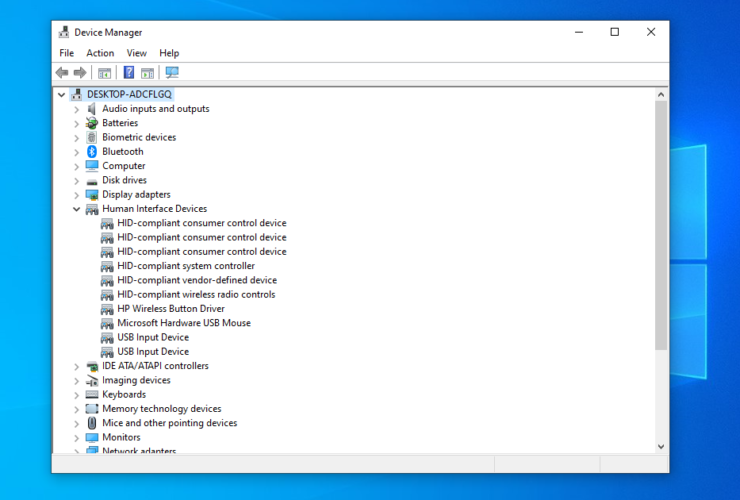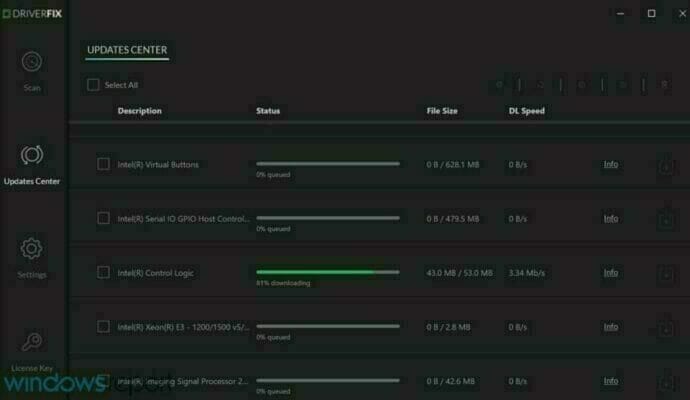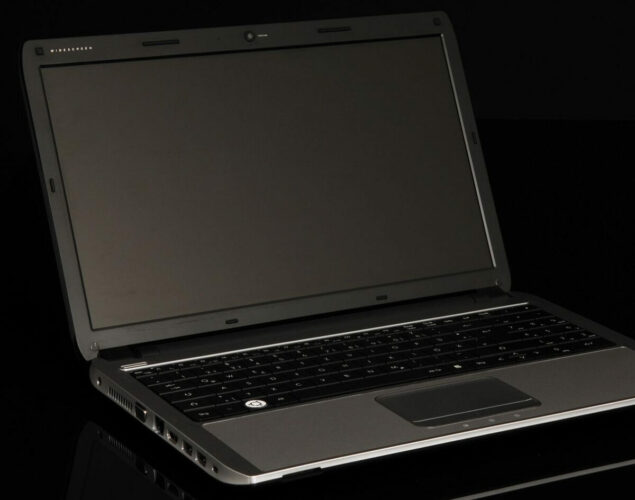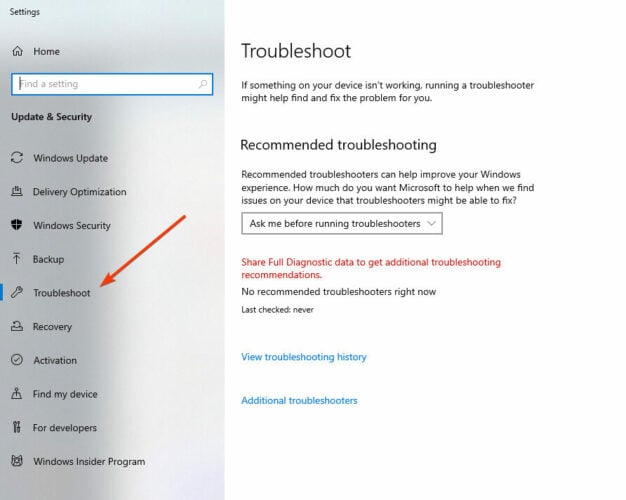We’re addressing users of any Windows 10 device, yet we do have a separate article tackling screen calibration specifically for laptops, in case you want to check it out.
How do I calibrate touchscreen on Windows 10?
- Update your drivers
- Clean your display
- Use default drivers instead
- Check other input devices
- Run the Troubleshooter
- Install the driver in compatibility mode
1. Update your drivers
- Open Device Manager and expand the Human Interface Devices section.
- Find your touchscreen. (It’s probably called HID-compliant touchscreen or something similar.)
- Right-click on Enable.
- If the option isn’t available, click Update Driver Software.
- Choose Browse my computer for driver software.
- Select the C: drive and check Include subfolders option.
- If this doesn’t work, repeat the process and choose Search automatically for updated driver software.
We also recommend using DriverFix – a third-party dedicated tool that will help you with quickly updating all drivers, not just the touchscreen one.
You only need to install the tool, launch it, and run a full system scan. DriverFix will find outdated software and recommend fresh ones from a massive online database.
You can further update all drivers at once, or each one, in turn.

DriverFix
Fix touchscreen display issues in no time by safely and quickly updating all the necessary drivers with this tool.
2. Clean your display
Touchscreens are quite sensitive devices, and sometimes grease and dirt can cause them to not work properly.
To prevent this you should regularly clean your touchscreen display.
3. Use default drivers instead
- Go to the Human Interface Devices section as shown in the first solution.
- Find your touchscreen device, right-click it, and click Uninstall.
- Check Delete the driver software for this device then hit OK.
- Restart your computer and the default driver should be installed on the spot.
4. Check other input devices
- Open Device Manager and go to Human Interface Device section.
- Find USB Input Device. (If there are more options, you might have to repeat it for all of them.)
- Select Properties and go to the Power Management tab.
- Uncheck Allow this computer to turn off this device to save power.
This will keep your device powered at all times, but your computer will use more power as a result. Still, it can solve the calibration problem.
5. Run the Troubleshooter
- Type troubleshoot in the home screen search bar.
- Select Troubleshoot from the left-hand screen.
- Go to Hardware and Devices.
- Click Run.
- Follow the instructions
6. Install the driver in compatibility mode
- Download the setup file for the driver from de manufacturer’s website.
- Right-click on the file and select Properties.
- From the Compatibility tab, check Run this program in Compatibility mode.
- Install the driver.
Editor’s Note: This post was originally published in September 2015 and was completely revamped and updated in September 2020 for freshness, accuracy, and comprehensiveness.
Thank you for viewing the article, if you find it interesting, you can support us by buying at the link:: https://officerambo.com/shop/






No comments:
Post a Comment